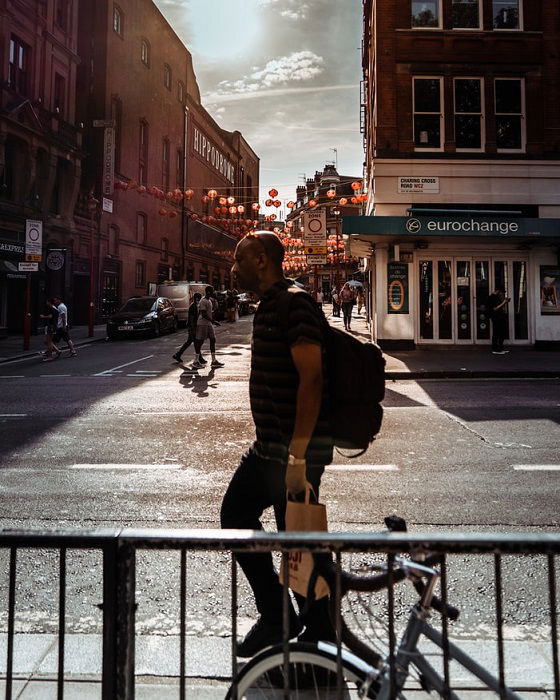The 4-Minute Rule for Street Photographers
Table of ContentsNot known Factual Statements About Street Photographers The Greatest Guide To Street Photographers5 Simple Techniques For Street PhotographersStreet Photographers - The FactsThe Single Strategy To Use For Street Photographers
Road photographers do not always have a social purpose in mind, yet they prefer to separate and catch minutes which could otherwise go undetected.Though he was affected by many of those that affected the road photographers of the 1950s and '60s, he was not primarily interested in catching the spirit of the street. The impulse to aesthetically document people in public started with 19th-century painters such as Edgar Degas, douard Manet, and Henri de Toulouse-Lautrec, that functioned side by side with photographers attempting to record the essence of city life.
While the digital photographers' topic was essentially the same, the results were markedly different, demonstrating the effect of the professional photographer's intent on the character of the images he produced.
Given the great top quality of his photos and the breadth of product, architects and artists frequently got Atget's prints to make use of as reference for their own work, though industrial passions were barely his major inspiration. Rather, he was driven to picture every last remnant of the Paris he liked. The mingled enthusiasm and necessity of his goal shine through, resulting in photos that narrate his own experience of the city, top qualities that prepared for road digital photography of the 20th century.
About Street Photographers
They expose the city through his eyes. His job and basic understanding of digital photography as an art type functioned as ideas to generations of digital photographers that complied with. The next generation of road photographers, though they likely did not describe themselves therefore, was ushered in by the photojournalism of Hungarian-born photographer Andr Kertsz.
Unlike his peers, Brassa utilized a larger-format Voigtlnder video camera with a much longer direct exposure time, requiring him to be a lot more calculated and thoughtful in his technique than he may have been if using a Leica. (It is thought that he might not have had the ability to afford a Leica at that time, but he did, nevertheless, use one in the late 1950s to take colour photos.) Brassa's photos of the Paris underworld brightened by synthetic light were a discovery, and the collection of the collection that he released, (1933 ), was a significant success.
Cartier-Bresson was a champ of the Leica video camera and one of the first photographers to optimize its capabilities. The Leica allowed the digital photographer to connect with the surroundings and to capture minutes as they took place. Its reasonably tiny dimension also assisted the photographer fade right into the background, which was Cartier-Bresson's recommended approach.
Fascination About Street Photographers
It is due to this fundamental understanding of the art of photo taking that he is frequently credited with finding the medium all over again roughly a century because its creation. He took photos for more than a half century and affected generations of photographers to trust their eye and instinct in the minute.
These are the concerns I shall attempt to address: And after that I'll leave you with my very own meaning of road photography. hop over to here Yes, we do. Allow's kick off with defining what a definition is: According to (Street Photographers) it is: "The act of specifying, or of making something guaranteed, unique, or clear"
No, absolutely not. The term is both limiting and misguiding. Seems like a street photography should be images of a streets right?! And all road digital photographers, other than for a little number of absolute novices, will fully value that a street is not the vital element to street photography, and really if it's a photo of a road with maybe a few uninteresting people not doing anything of interest, that's not road digital photography that's a picture of a road.
The Ultimate Guide To Street Photographers
He makes a valid factor do not you assume? While I agree with him I'm not sure "candid public photography" will certainly catch on (although I do kind of like the term "candid photography") since "street digital photography" has actually been around for a lengthy time, with many masters' names affixed to it, so I think the term is here to remain (Street Photographers).
You can shoot at the beach, at a festival, in a street, in a park, in a piazza, in a cafe, at a gallery or art gallery, in a city station, at an event, on a bridge, under a bridge ...
Yes, I'm afraid we terrified no choice! Without regulations we can not have a meaning, and without a meaning we don't have a genre, and without a style we description do not have anything to specify what we do, and so we are stuck in a "guidelines meaning style" loophole!
The Only Guide for Street Photographers
